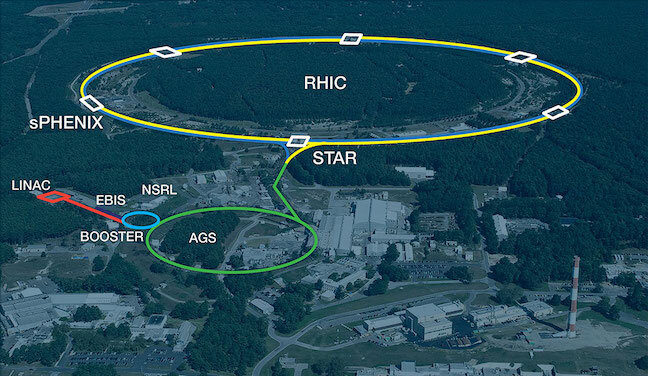An aerial view of the Relativistic Heavy Ion Collider (RHIC) at Brookhaven National Laboratory, including the STAR and sPHENIX detectors, is seen in this image. The upcoming physics run at RHIC marks a new era as sPHENIX, a new detector that has been in development for a decade, observes the collisions between gold atoms at nearly the speed of light for the first time. The STAR detector, which has been evolving since 2000, will also see some firsts in this run, such as the detection of more particles at wider angles. RHIC’s research into heavy-ion collisions allows scientists to understand how matter behaves by studying quark-gluon plasma—the substance that existed when the universe was born. The complex sPHENIX detector is set to undergo commissioning, with systematic testing planned to ensure all of the components work together to capture collision details.
Denial of responsibility! TechCodex is an automatic aggregator of the all world’s media. In each content, the hyperlink to the primary source is specified. All trademarks belong to their rightful owners, and all materials to their authors. For any complaint, please reach us at – [email protected]. We will take necessory action within 24 hours.

Jessica Irvine is a tech enthusiast specializing in gadgets. From smart home devices to cutting-edge electronics, Jessica explores the world of consumer tech, offering readers comprehensive reviews, hands-on experiences, and expert insights into the coolest and most innovative gadgets on the market.


